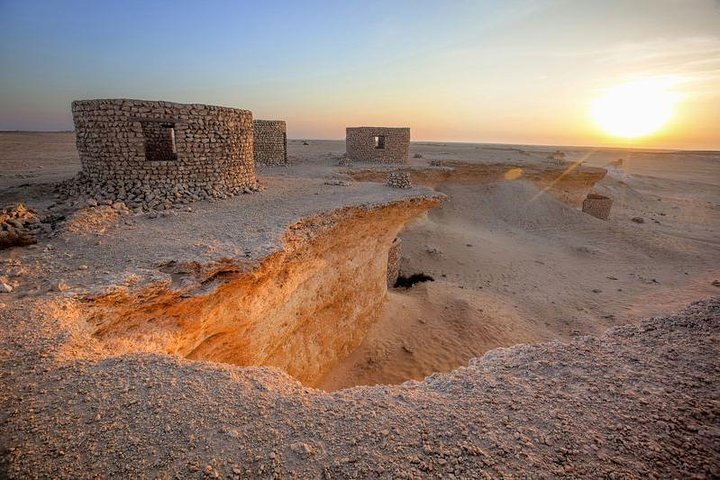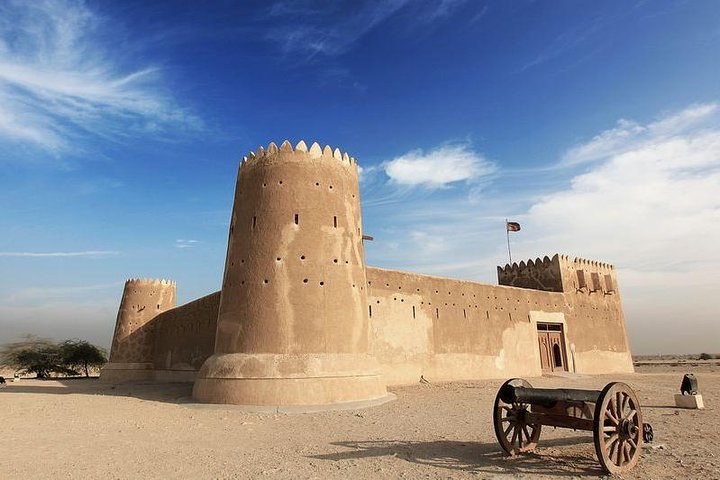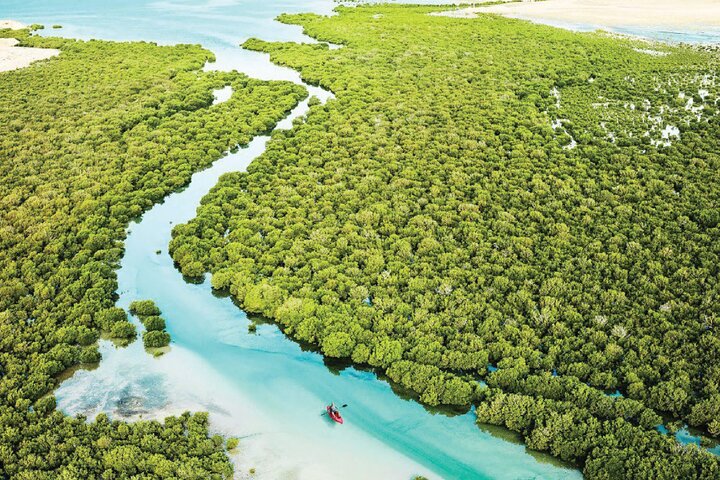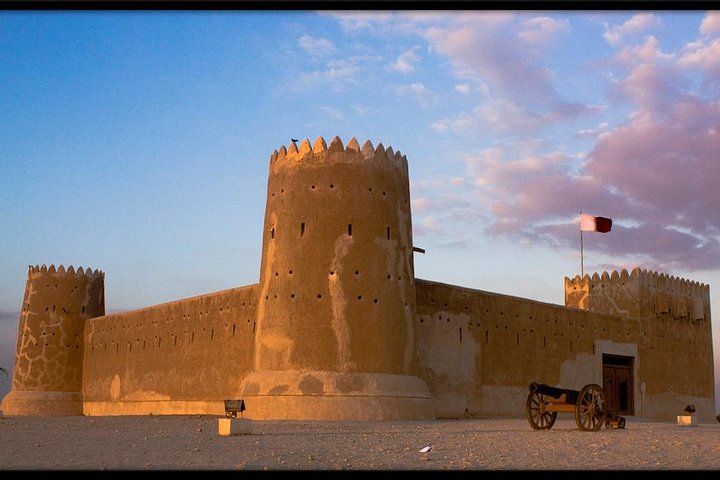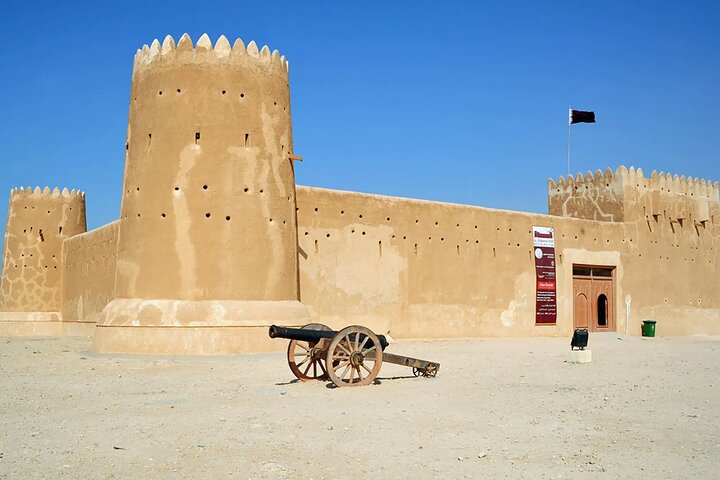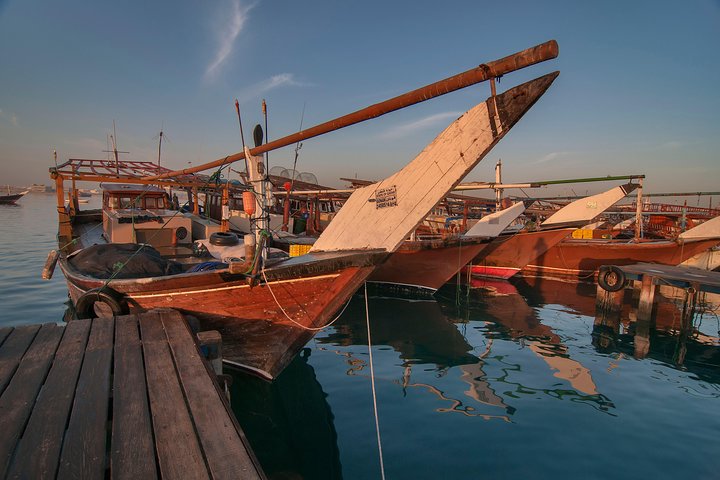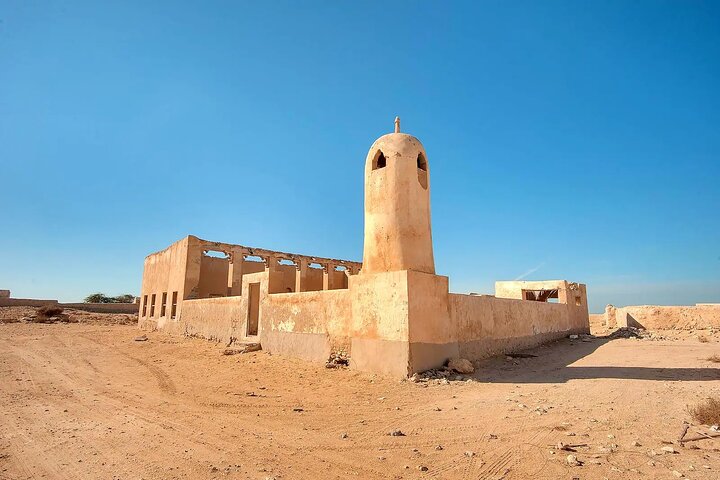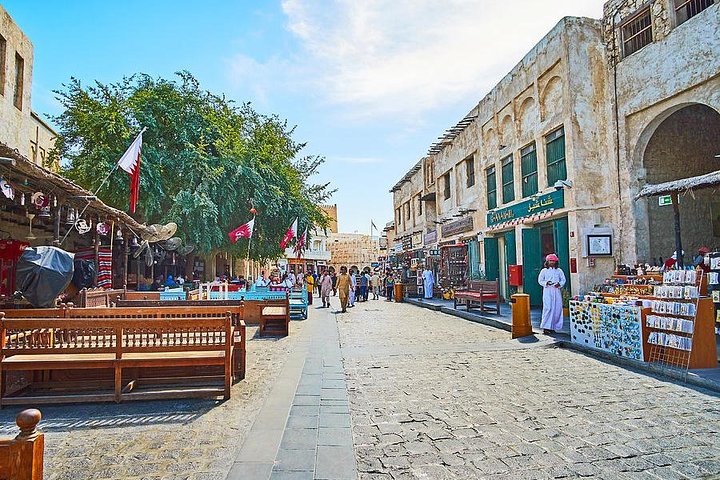Pilgrimage to Qatar’s Northern Heritage: A Spiritual Exploration
Embark on a spiritual journey through Qatar’s northern treasures, exploring the rich maritime legacy of Al-Khor, the serene oasis of Al Thakira, and the historic Zubarah Fort. Discover the stories and heritage that shape this fascinating land.
A Journey Through Time: Al-Khor’s Maritime Legacy
As I embarked on the Qatar Heritage Tour from the bustling city of Doha, I was filled with anticipation. The journey to Al-Khor, a coastal city steeped in history, was a pilgrimage of sorts—a chance to connect with the rich maritime legacy that has shaped Qatar’s cultural tapestry. Al-Khor Harbor, once a thriving center for the pearl and fishing industries, stood as a testament to the resilience and ingenuity of the Qatari people. The sight of fishermen diligently working amidst the backdrop of azure waters and traditional dhows was a poignant reminder of the symbiotic relationship between man and sea.
Walking along the harbor, I felt a deep sense of reverence for the generations who had toiled here, their lives intertwined with the ebb and flow of the tides. The air was thick with the scent of salt and history, each breeze whispering tales of prosperity and hardship. It was a humbling experience, one that resonated with my own journey as a seeker of spiritual and cultural truths. The harbor was not just a place of commerce; it was a living, breathing entity, a sacred space where the past and present coalesced in a harmonious dance.
The Oasis of Al Thakira: Nature’s Sanctuary
Leaving the harbor behind, our journey led us to Al Thakira, a verdant oasis nestled amidst the arid desert landscape. The contrast was striking—a lush expanse of mangroves and waterways, a sanctuary of life in the heart of the desert. As I wandered through this natural paradise, I was reminded of the Quranic verses that speak of the signs of Allah in the creation of the heavens and the earth. Here, in this serene haven, the divine artistry was evident in every leaf and ripple.
The mangroves, with their intricate root systems, seemed to reach out in a silent prayer, their branches swaying gently in the breeze. It was a place of reflection and renewal, a reminder of the interconnectedness of all living things. As I stood on the narrow path connecting the island to the mainland, I felt a profound sense of peace—a moment of spiritual clarity that transcended the physical realm. This was more than a tour; it was a pilgrimage to the heart of nature, a journey that nourished the soul and rekindled the spirit.
Zubarah Fort: A Fortress of Heritage
Our final destination was the historic Zubarah Fort, a formidable structure that stood as a guardian of Qatar’s cultural heritage. Built in 1938 under the guidance of Sheikh Abdullah bin Jassim Al Thani, the fort was a repository of artifacts and stories, each stone echoing the legacy of a bygone era. As I explored the fort’s corridors, I was transported back in time, to an age of tribal conflicts and strategic alliances.
The fort was more than just a military stronghold; it was a symbol of resilience and unity, a testament to the enduring spirit of the Qatari people. The artifacts housed within its walls spoke of a rich cultural tapestry, woven with threads of history, tradition, and identity. As I stood atop the fort, gazing out at the vast desert landscape, I felt a deep connection to the land and its people—a bond forged through shared stories and collective memory.
This journey through Al-Khor and Zubarah was a pilgrimage in every sense of the word—a quest for understanding, a search for meaning, and a celebration of the enduring spirit of Qatar. It was a reminder that travel is not just about seeing new places, but about experiencing the world with an open heart and a curious mind. As I returned to Doha, I carried with me the echoes of the past, a renewed sense of purpose, and a deeper appreciation for the rich cultural heritage of this remarkable land.
